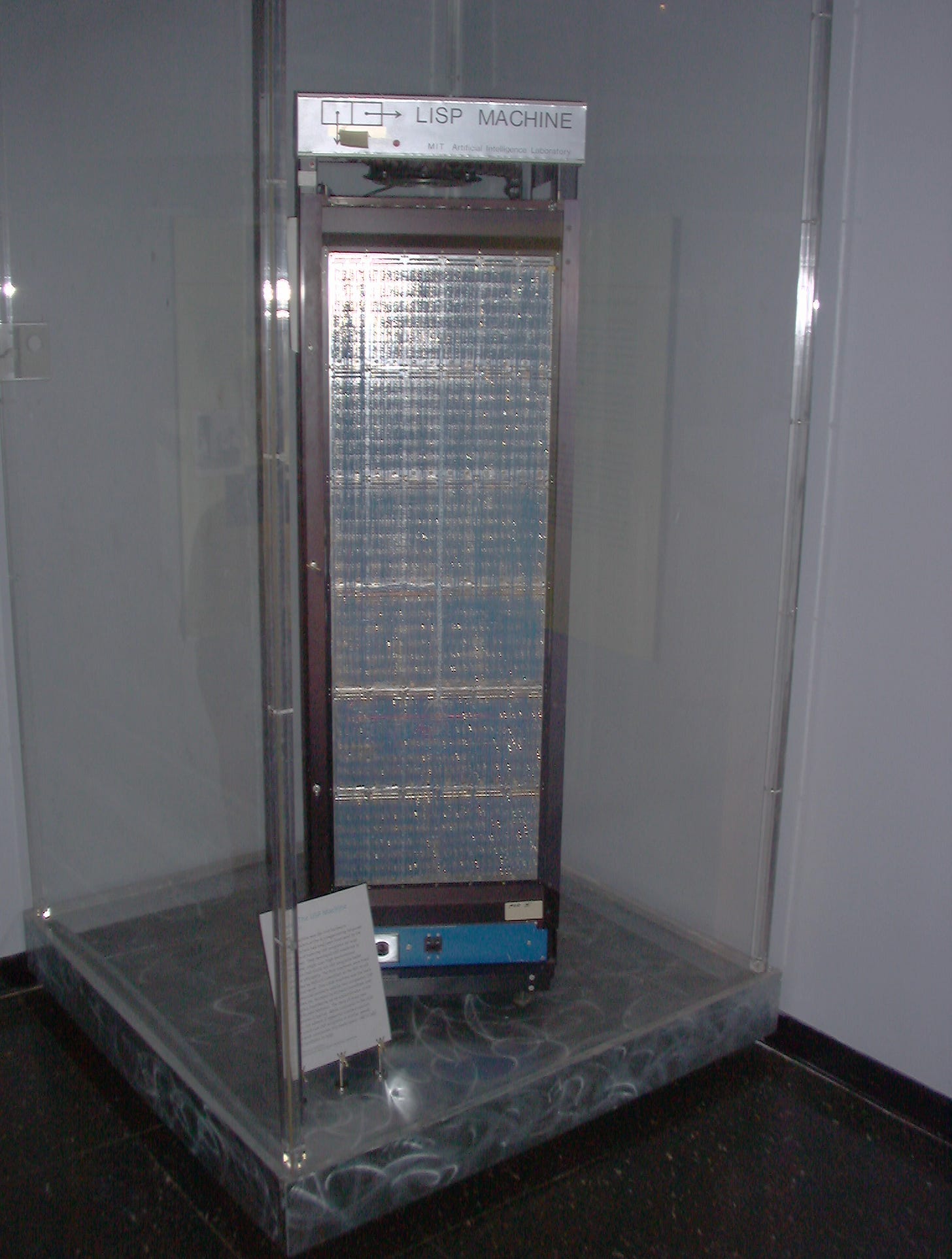Lisp Programming Language: Early History and AI Lisp Machines
Lisp Programming Language: Early History and AI Lisp Machines
Early History of Lisp
Lisp (LISt Processing) is one of the oldest high-level programming languages, second only to Fortran. Developed in the late 1950s by John McCarthy at the Massachusetts Institute of Technology (MIT), Lisp was initially conceived as a practical mathematical notation for computer programs. McCarthy published his groundbreaking paper "Recursive Functions of Symbolic Expressions and Their Computation by Machine" in 1960, laying the foundation for the language.
Lisp introduced several pioneering concepts that have profoundly influenced computer science. Among these are tree data structures, automatic storage management (garbage collection), dynamic typing, and the self-hosting compiler. One of the most revolutionary ideas introduced by Lisp was the notion of code as data, and data as code, embodied in its macro system. This allowed programs to manipulate their own code with a high degree of flexibility.
AI Lisp Machines
The 1970s and 1980s marked a significant period for Lisp with the advent of AI research. Lisp quickly became the language of choice for artificial intelligence (AI) due to its excellent support for symbolic reasoning and its adaptability.
To enhance the performance of AI applications, dedicated hardware known as Lisp machines were developed. These specialized computers were optimized for running Lisp programs and provided significant performance benefits over general-purpose computers. The first of these machines, the CONS machine, was developed at MIT in 1973. However, the more notable Lisp machines were created by two companies: Symbolics and LMI (Lisp Machines, Inc.), both of which were spin-offs from MIT's AI Lab.
1. Symbolics, Inc.: Founded in 1980, Symbolics developed a series of Lisp machines that became widely used in AI research and industry. Their systems, such as the Symbolics 3600 series, featured advanced capabilities for symbolic computation, graphical interfaces, and an integrated development environment specifically designed for Lisp.
2. Lisp Machines, Inc. (LMI): Also established in 1980, LMI produced similar hardware, emphasizing high performance and the ability to run complex Lisp applications. Their machines, like the LMI Lambda, were used extensively in research labs and certain industries requiring intensive AI processing.
The architecture of Lisp machines was specifically tailored to execute Lisp code efficiently. They featured hardware support for garbage collection, fast context switching, and special instructions for list manipulation. These machines also supported multiple processors and extensive memory, which were critical for handling the computational demands of AI applications at the time.
Decline and Legacy
Despite their initial success and technological innovations, Lisp machines eventually declined in popularity due to several factors. The rapid advancement of general-purpose computing hardware and the increasing performance of RISC (Reduced Instruction Set Computing) architectures made dedicated Lisp hardware less economically viable. Additionally, the rise of new programming languages and paradigms, as well as the broader availability of AI software libraries in more general-purpose languages, contributed to the decline of Lisp machines.
Nevertheless, the legacy of Lisp and Lisp machines endures. The language's influence is evident in many modern programming languages, such as Python, JavaScript, and Ruby, which incorporate features pioneered by Lisp. Moreover, the concept of garbage collection and dynamic typing are now standard in many modern programming environments.
Lisp itself continues to be used in various domains, including AI, due to its powerful macro system and symbolic processing capabilities. Its descendants, such as Common Lisp and Scheme, remain relevant and are actively used in academia and industry. The history of Lisp and Lisp machines stands as a testament to the enduring impact of innovative programming language design on the field of computer science and artificial intelligence.


